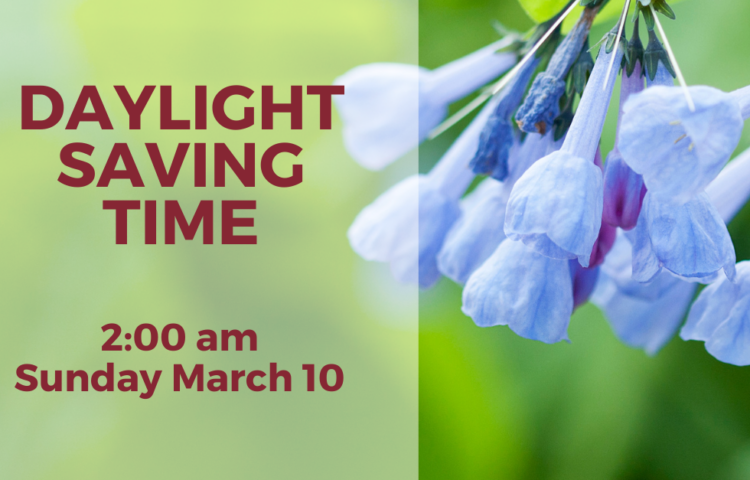Daylight Saving Time is just a few days away, and while it might mean an extra hour of sunshine, it can also disrupt your sleep and leave you feeling sluggish. Here are some tips from the American Academy of Sleep Medicine to help you spring forward without stumbling before 2 a.m. on Sunday, March 10:
Try to go to bed 15 or 20 minutes earlier each night before the time change. This will give your body a chance to adjust.
Begin to transition the timing of other daily routines that are “time cues” for your body.
For example, start eating dinner a little earlier each night or exercising slightly earlier in the morning.
On Saturday night, set your clocks ahead one hour in the early evening. Then go to sleep at your normal bedtime.
Try to go outside for some early morning sunlight on Sunday. The bright light will help set your internal body clock, which regulates sleep and alertness.
Be careful when driving or operating machinery if you feel drowsy on Sunday.
Stick to your bedtime on Sunday night to get plenty of sleep before the workweek begins on Monday.
Once your body has adjusted, try to keep a daily routine time for sleep and waking up to improve sleep and health.
Keep your sleep environment quiet, comfortable, and cool. Especially during the period of earlier sunrise and later sunsets, using light-blocking window coverings can keep sleeping areas dark.
By following these tips, you can minimize the impact of DST and enjoy the extra hour of sunshine without sacrificing your sleep or well-being. So, embrace the spring season and spring forward feeling refreshed and energized!





